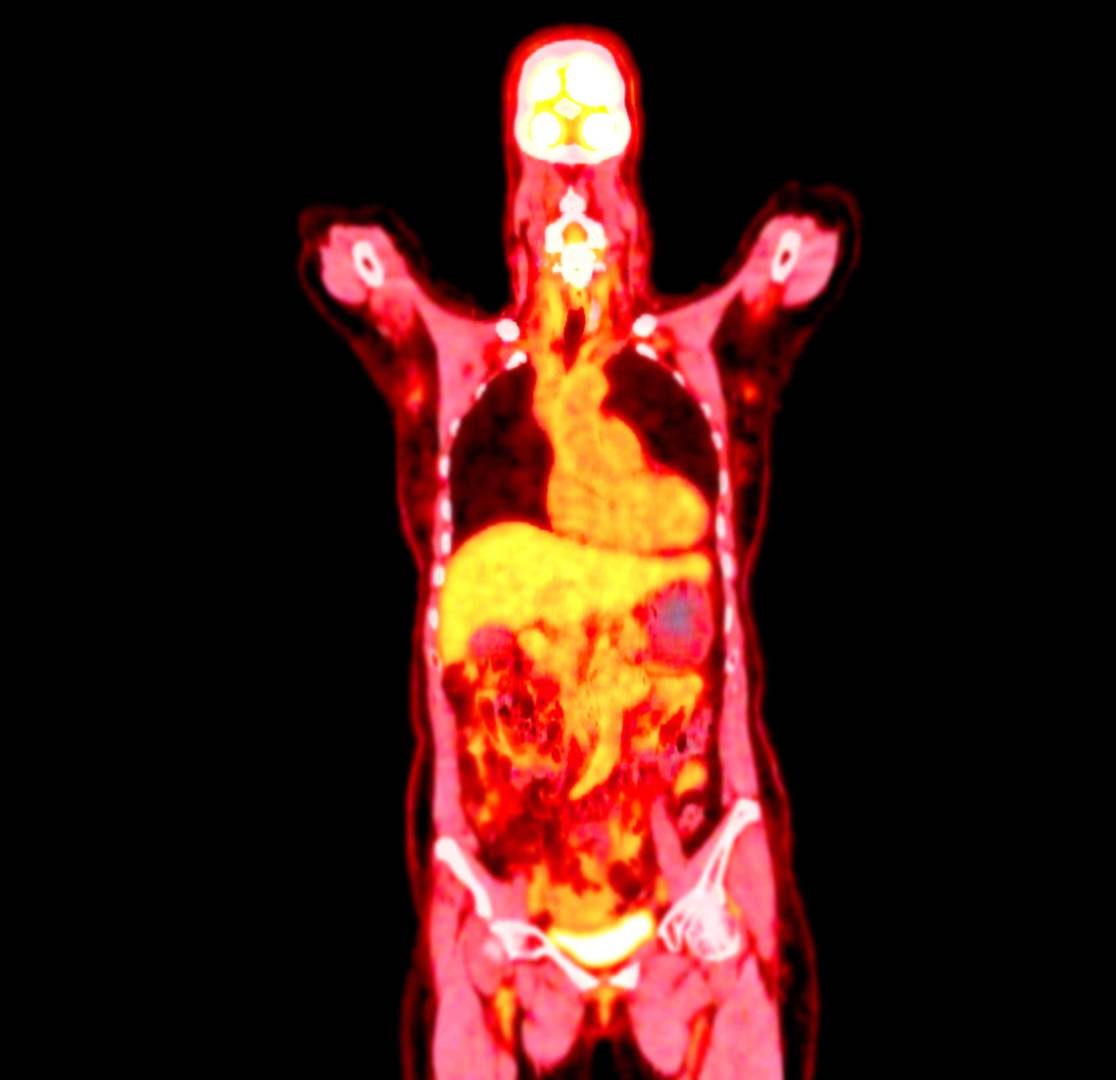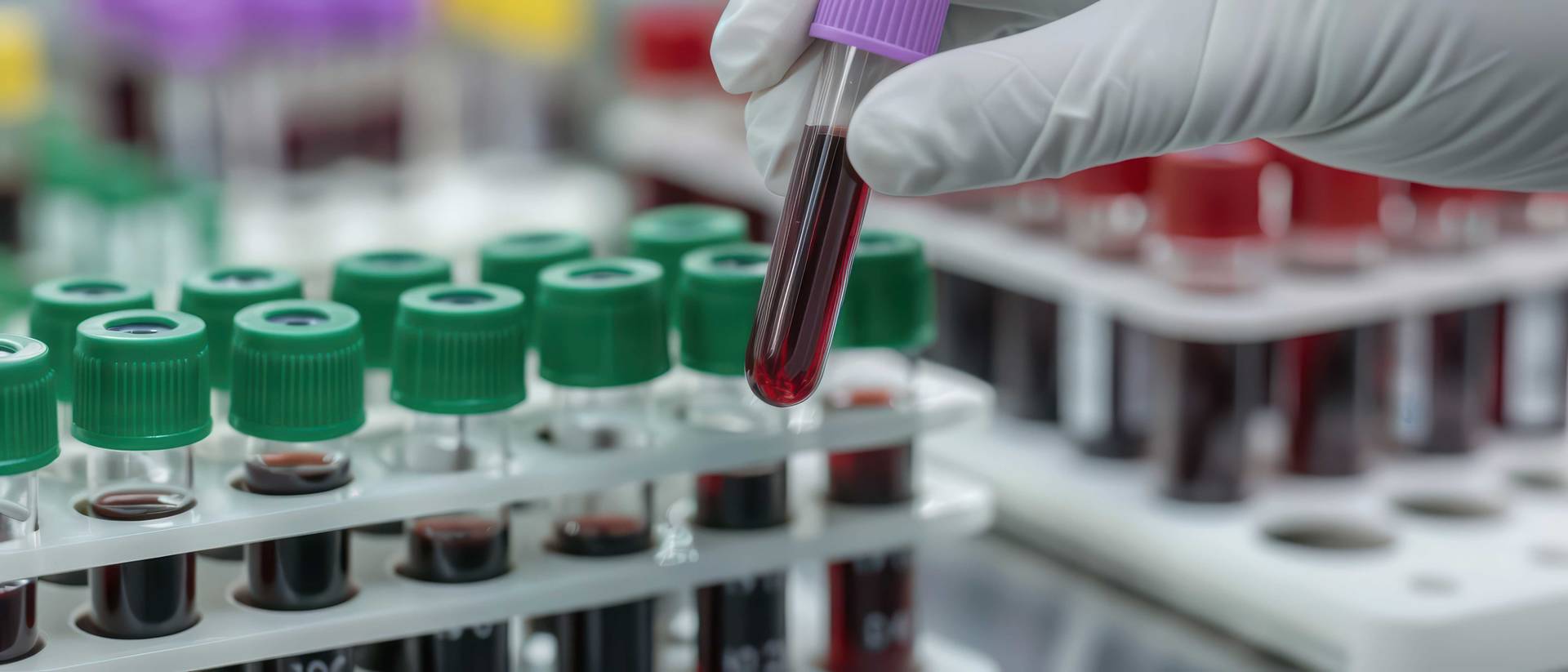At Nuvisan, we offer you a comprehensive in vivo fibrosis and metabolic disease platform, featuring a variety of genetically and diet-induced rodent models. Our platform facilitates the administration of small molecules and biologics through multiple routes in both short- and long-term studies. Additionally, our models can be customised with metabolic and behavioural readouts to meet your unique project requirements. We work closely with you to choose the ideal components of our platform, ensuring bespoke experimental designs that drive your project’s success.


Our pharmacology models provide comprehensive solutions for drug discovery and development, supporting your research needs.
download